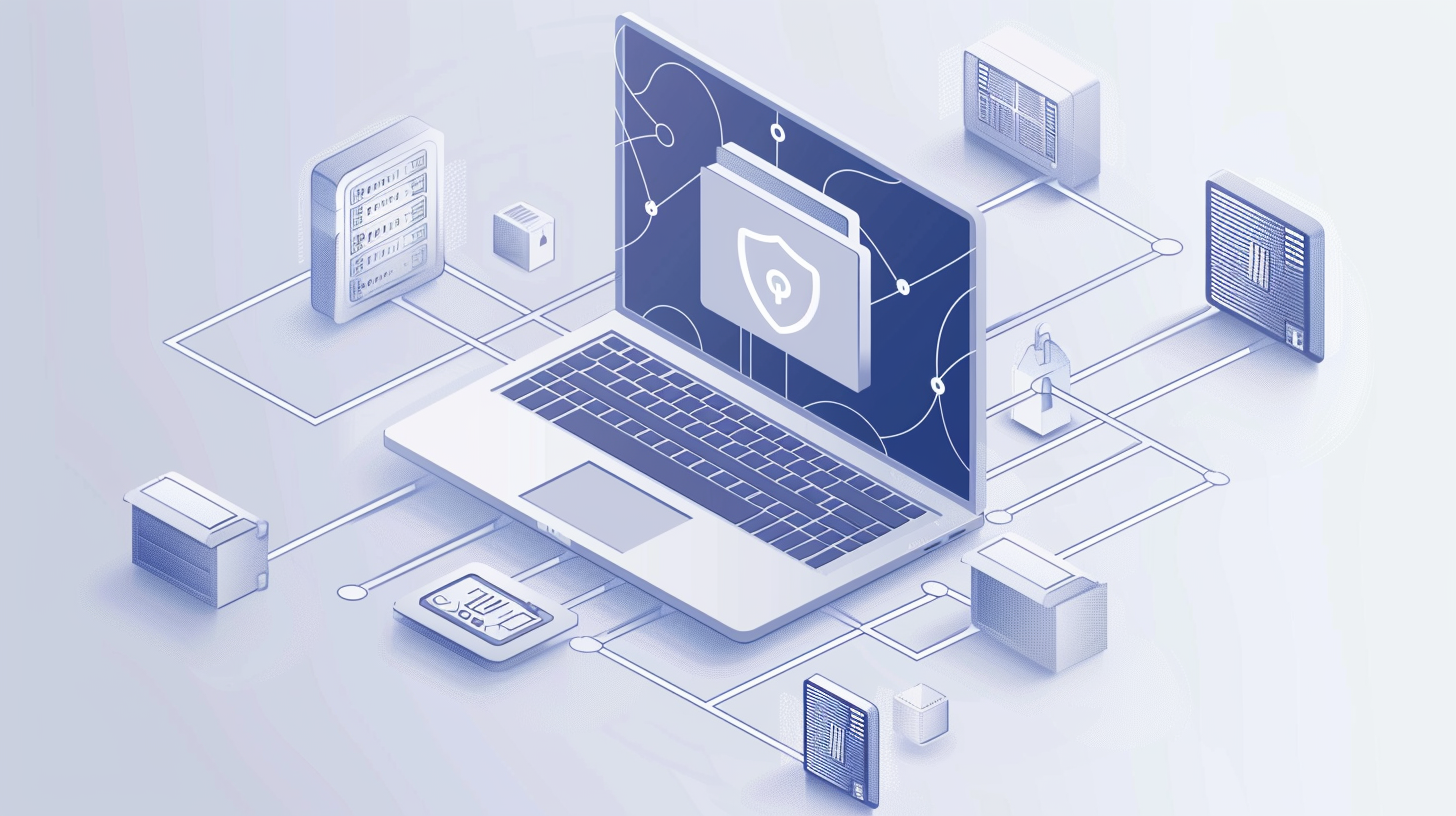German companies rely on virtual data rooms (VDRs) to share sensitive files with investors, buyers, auditors, and partners. The goal is simple: maintain speed without losing control of information. A well‑chosen VDR helps teams protect confidential data, prove compliance, and keep an auditable record of who saw what, when, and why.
Why secure document sharing matters in Germany
Germany’s regulatory environment expects clear accountability for data handling. Companies must show that personal and business‑critical information is protected with appropriate technical and organisational measures. For context on security best practices, see the European Union Agency for Cybersecurity’s guidance on secure information sharing. Supervisory authorities also publish plain‑language guidance, for example the Federal Commissioner for Data Protection and Freedom of Information. On cross‑border collaboration and transfers, consult the European Data Protection Board’s recommendations and guidelines.
Typical German use cases
-
M&A due diligence. Buyers, sellers, and advisors review thousands of files under strict access control. The data room centralises documents, tracks bidder engagement, and simplifies redaction of personal data.
-
Board and executive workflows. Directors need one place for papers, resolutions, and meeting packs with version control and immutable audit trails.
-
Investor relations and fundraising. Startups and mid‑market firms share KPIs, contracts, and financials with potential investors while limiting what each party can download or forward.
-
Audits and financing. Banks and auditors access required evidence on a read‑only basis. Time‑bound links and granular permissions reduce risk.
-
Supplier and IP collaboration. Engineering drawings, source files, and confidential specs stay inside a controlled perimeter during R&D and vendor onboarding.
-
HR and works council matters. Sensitive employee files or restructuring documents can be reviewed securely with restricted groups and watermarked previews.
If you are building a shortlist for virtueller Datenraum Deutschland, plan for both transactional and ongoing collaboration scenarios. The same room can serve diligence this quarter and governance next quarter if you set the structure correctly.
Features German teams frequently require
-
Granular permissions. View‑only, fence‑view, expiry dates, and IP or device restrictions. Admins should be able to revoke access instantly.
-
Comprehensive audit logging. Page‑level logs, timestamps, and administrator reports that are exportable for auditors.
-
Watermarking and digital rights. Dynamic watermarks per user and optional download blocks for highly sensitive folders.
-
Q&A workflows. Role‑based routing, answer templates, and bulk actions for busy diligence phases.
-
Automated redaction and indexing. Tools that remove personal data at scale and keep a clean, logical folder tree.
-
Search and analytics. Full‑text search, document heatmaps, and activity summaries help teams prioritise effort.
-
Strong identity and access management. SSO/MFA, enforced password hygiene, and session controls that meet enterprise policy.
-
Data residency options. Hosting in Germany or the EU to support legal teams during risk assessments.
Practical compliance notes for Germany
-
Minimise and partition. Separate personal from non‑personal data. Use groups and permission layers so third parties see only what is necessary.
-
Keep a DPIA mindset. For high‑risk processing or complex cross‑border projects, record your assessment, mitigations, and the vendor’s controls.
-
Vendor diligence. Request recent penetration test summaries under NDA, certificates or attestations, and incident‑response terms. Validate support response times and escalation paths.
-
Retention and exit. Define how long documents remain accessible after closing and how data will be exported or deleted.
How German companies structure their rooms
-
By topic and confidentiality. Top‑level folders for corporate, financial, legal, commercial, and tech, then subfolders by sensitivity. Split PII into a restricted set that requires explicit approval.
-
By bidder or stakeholder group. Separate bidder workspaces or question lanes, each mapped to the Q&A workflow.
-
By timeline. A preparatory “staging” area for internal work, then a clean, read‑only “external” area for counterparties.
Day‑to‑day workflow tips
-
Start with a file index. Use a standard index template so uploaders know where documents belong. Keep naming conventions short and consistent.
-
Automate where possible. Enable auto‑classification and redaction for recurring patterns such as bank details and personal IDs.
-
Use checklists. Create a short checklist for room admins covering permission changes, archive exports, and weekly log reviews.
-
Test with a pilot group. Ask outside counsel and one external user to trial uploads, searches, and Q&A before you invite everyone.
Cost drivers and buying patterns
Pricing in Germany usually follows one of three models: fixed per project, subscription with user and storage tiers, or a hybrid that adds short‑term project packs to a base plan. Your total cost will depend on external user count, storage, advanced features like AI‑assisted redaction, and the level of support. For predictable budgeting, ask vendors to itemise storage, overage, and premium support, and to define how many concurrent rooms are included.
Quick evaluation checklist
-
Security and hosting. Confirm encryption, access controls, and where data is stored.
-
User experience. Non‑technical users must onboard quickly. Evaluate search, upload speed, and mobile access.
-
Workflow fit. Test Q&A, redaction, and analytics with real sample files.
-
Evidence pack. Collect audit logs, policy summaries, and certificates. Store them in the room’s admin folder.
-
Contract clarity. Fix retention periods, export options, and incident‑response SLAs in writing.
Conclusion
Virtual data rooms help German companies move fast without compromising on security or governance. With the right structure, permissions, and evidence pack, teams can collaborate across borders, satisfy auditors, and protect the details that matter. Start with a small pilot, measure how the room performs in real tasks, and expand once your stakeholders are comfortable with the workflow.

